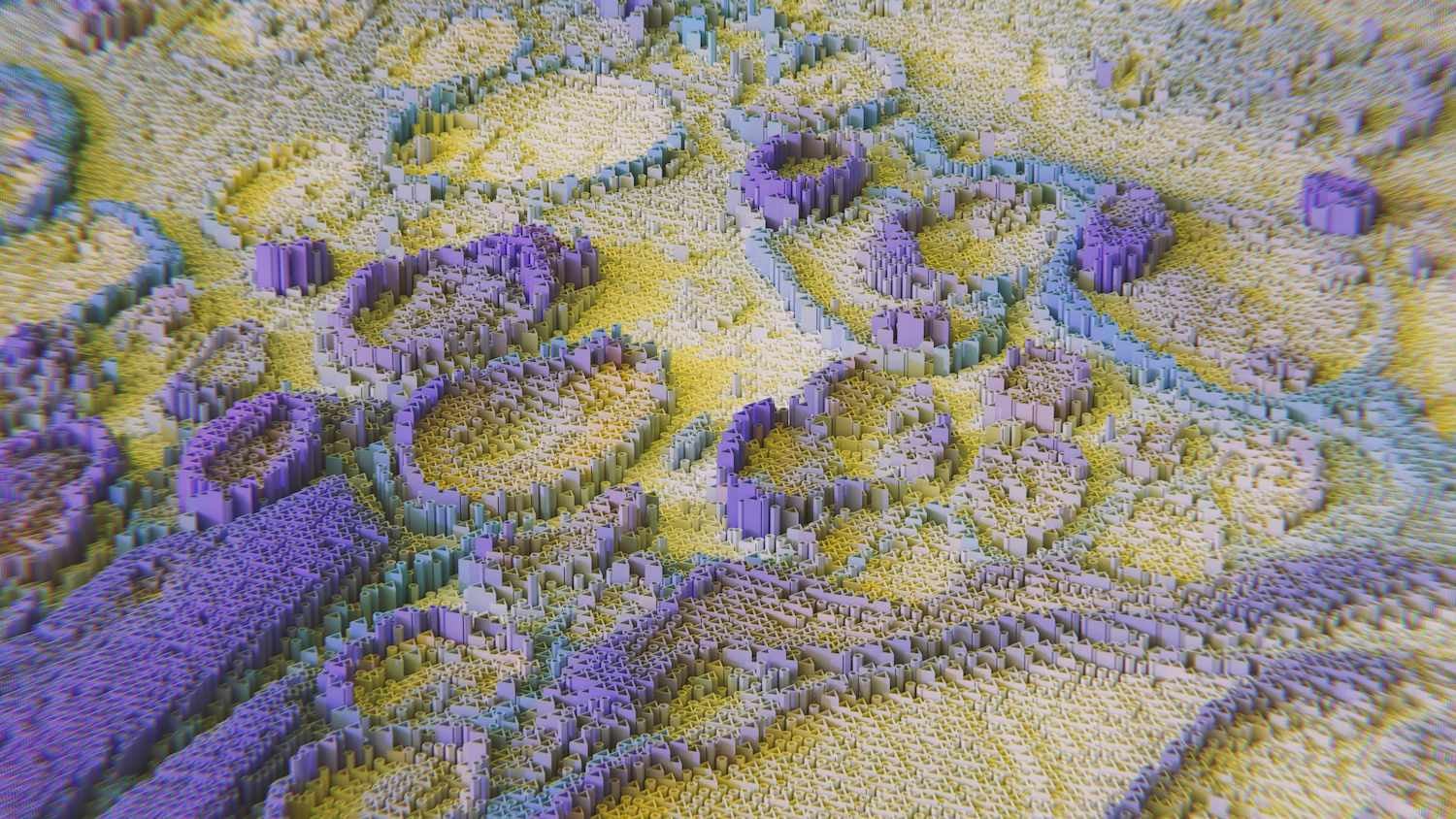We live in a world so fast-changing that,sooner or later, it won’t be surprising or weird tosee a self-driving car on the streets anymore.Autonomous drivingrequires a set of different, soon-to-be-releasedtechnologies that willenable it–one of whichalready exists.
We use it frequentlywith regard toeverything connected with satellite navigation–it’s called the Global Positioning System (GPS). However–as you may not know–this technology has many more aspects: GNSS, DGPS, RTK-GPS, GLONASS and more.
GPS and its problems
GPS, or rather GPS-NAVSTAR, is a satellite navigation system created by the US Department of Defence. GPS covers the entire globe and consists of 31 satellites orbiting the Earth.
The systemworks out how longit takes fora radio signal to get from the satellite to the receiver. Knowingthevelocity ofanelectromagnetic wave and the exact time whenagiven signal was sent, GPS can calculatethedistance betweenareceiver andits correspondingsatellites. The receiver, knowing the location of satellitesin the sky,their theoreticaltrajectoriesand deviationsfrom them, can calculate its geographical position.
To work correctly,the transmitterneeds a signal from at least three satellites, but each of them has an individual set of errors. If we would like to be more precise in locating the transmitter, an area – instead of a single point – should be determined.
Themomentat whichthe signal starts may be delayed asaneffect oftheinaccuracy of satellite clocks andthedifference between the theoretical and real-time location of the satellite in orbit.It is then,thatduring the trip toward the Earth,thesignalis degradedin the atmosphere and reflected by objects located near the receiver‘santenna (so-called multipath).
Because of the problems mentioned above,theprecision of GPS measurementsis not ideal. Depending on the conditionsand region,antheobservational error may vary fromafew to severalmetres.
In search of greater accuracy
In most cases, that observational error is acceptable. However, there are someapplicationsof GPS systemsin which such measurement deviationsareintolerable. And because ofthis, additional methods of measurement correctionwerecreated,titledDGPS (Differential Global Positioning System). They are based ontheconcept that,in aparticular areain close proximity toa specific reference position, the same or almost the same errors occur.
If two receivers are located on the Earth ata distance of hundredsofkilometresfrom each other, satellite signals coming to thempass throughpractically the same regionof theatmosphere,bearingthe same propagations of error.
With the exception ofmultipath,andreceivers’noise errors, other error values will be shared for both receivers. In suchasituation,areference receiver (its location is fixed and well-known), may be used to measure the value of errors andto send them to the other receiver, which is in motion.
Inthecase of DGPS systems, the reference station is placedata geodetic point withanaccurately assigned 3D position.Thetheoretical distance betweenthestation‘santenna and satellite is calculatedbasedon knowledge ofthe station’s location and that of the satellite in orbit. Aftercomparingthat location withthelocation measured by our mobile GPS receiver, wegeta difference, called a differential correction.
Of course, such a solution has its Achilles’ heel – a link, and bythatI mean the messaging channel between the mobile GPS receiver and the reference station. In an ideal situation, a link should transmit data with minimum delay and withoutloss of information.
The creators of DGPSaddressed this problem, because in the mobile receiver – apart from differential corrections –thevelocities of their change arealsocalculated. The mobile receiver uses them to model the changing tendency of value corrections in time. Thatmeans that a correction,extrapolated in timeandwith the proper sign,is being addedtothecorrectioncalculatedin the mobile receiver.
EGNOS and RTK
However, creatingawhole DGPS systemcoveringalargerarea from scratch is expensive.Sowhatcana company orindividualdoto take advantage of thesignificantly greaterprecision ofthisGPS system? Many DGPS systems work globally and make thispossible–for afee,naturally. In Europe, the mostrecognisableexampleistheEGNOS (European Geostationary Navigation Service).
Withinthissystem, most of Europe has been covered withaweb of reference stations, and we can download their datafromtheirwebsites.Thissystemwas mainlycreated to support air and maritime communication but is also being used successfully by commercial companies.
Thanks to such systems as EGNOS, we can limit the observational error to a maximum of a fewmetres.But despite this being a significant improvement tothe standard GPS system,what if such precision is notyetenough? The RTK (Real Time Kinematic) measurement is the newest technology in the world when it comes tomeasurementaccuracyachieved in real-time without calculationsdoneafter post-processing.
Thismethod also uses measurement correctionssentin real time byareference station. But contrary to other methods, it also uses phase observations beyondtheobservation ofthe satellite‘ssignal.
The receiver registers the phase for every signalas well asthe change ofthenumber of full phase cycles from the momentthe receiver startsto track the satellite. RTK-GPS allows for achievingmeasurementaccuracyto thecentimetre. But it must be mentioned that such high precision requires more restrictive conditionsthanother methods.
Such a measurement needs a signal from at least five satellites, andaspecial reference station must be locatedat a maximumdistance of 20kilometresfrom the mobile receiver (in contrastto 200kilometresinthecase ofaDGPS system).
Additionally, there isthecost of buying a special receiver – to achieve such results we need a device that can receive two frequencies (L1 and L2), registeringthe phases ofsatellite signals. On today’s market, some receiverstakemeasurements on one frequency (L1), which costsless money but providesless accurate results.
But the biggest problem is different – maintainingastable signal, whichis quite tricky and vitalinthecase of the RTK method.Andwhy is that? The receiver‘sinitialisationrequires designation of the phase uncertainty (theunknown,random starting number of full phase signal cycles).
Whatcan aprogrammerdoon a farm?
Some may be surprised, but GPS and control systems are frequently used in agriculture,wherebyprecision in this regard plays a key role. Some time ago,I was working on theSmartFarmproject,aimed to create a system for precise navigation of agricultural machinery during workinthe field.
Every technology that I have mentionedabove– GPS, DGPS and RTK-GPS –wasused within that project. The last one was the most problematic anddifficultto implement, and the application itself was dedicated for desktop and mobile devices. The systemusestwo U-bloxreceivers workingwithina single range of the L1 frequency. One of themworksas the reference station.
But the equipment itself is not enough – special softwarecapableofcarryingout complicated calculationsis alsoneeded.
Luckily, there is no need to create such a system entirely from scratch. The RTKLIB is an open-source library that shares a set of functions and tools helpful in GNSS positioning. In addition to the library available in the C language, weget adedicated RTKNAVI program allowing foreasydebugging and testingofour solution.
Actually, RTKmeasurement allows for achieving accuracyto thecentimetre, but the biggest problem was maintaining astable signal forlongerperiodsoftime. On the otherhand, when it comes to calculations, many external factors affect theaccuracy ofmeasurement,which also doesn’t make things easier for the system.
Another limitation was the fact that the receivers used by the system were working withonlyone frequency,andnotwithboth availableones. So,as is often the case, the best method is also the most difficult and demanding one.


